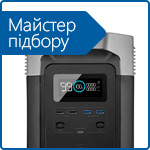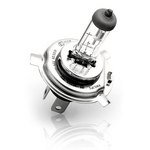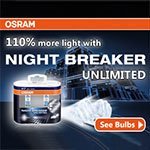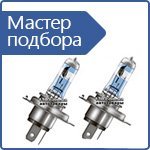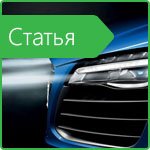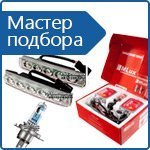Near future headlights: xenon, LED, or laser
We have a unique situation on the market: there are cars with 4 different technologies of head light. In this article we will find out which lamps are more effective-LED, xenon or laser.
Since the 90s, manufacturers have begun to move by reducing energy costs and increasing the brightness of the lighting. And then on the shelves of stores began to appear gas-discharge lamps, which at that time were used only in stationary lighting.
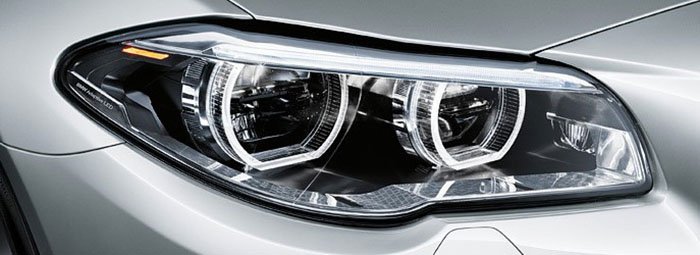
Xenon: powerful, difficult and expensive
Despite its name, such light sources have no relation to xenon-arc-charging lamps. And what we already used to call “xenon” is actually a common metal halide lamp, inside of which a mixture of gases burns. Only sometimes xenon gas is used and then as a supplement.
Efficiency is in the range of 80-100 liters. by 1 watt.-these indicators are more than enough. And even the spectrum of the emitted light is one of the best and most close to the natural.
Comparison example: a halogen can produce no more than 15 L./1 W., gas-filled-no more than 10 L./1 W., and a vacuum one-no more than 8 L./1 W. As you can see, the difference is obvious. And even sodium lamps with their output up to 200 L. cannot be compared due to their limited light spectrum.
The main difficulties that arise when introducing discharge lamps are as follows:
- To ignite the arc inside the bulb, you need about 50 thousand watts.
- The entire volume of gas should glow inside the bulb, so the light should be very clearly directed in the right direction.
The second problem is perfectly handled by linsed optics. Well, the solution to the first problem is our xenon. It is powered through the ignition unit, unlike conventional lamps, which are powered through the on-board network.
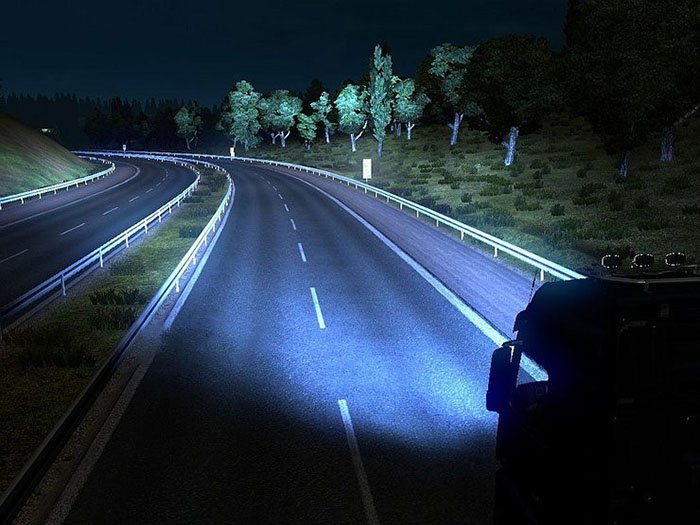
With standard 35-watt power consumption, xenon can produce a lot of light. In addition, it practically does not heat up, it is equipped with a reliable filament. Accordingly, the service life of such structures is much longer than that of analogs.
In addition, the light temperature should be taken into account. Lamps with an indicator of more than 5,5 thousand kelvins have the highest values of efficiency, and with a rate of up to 3.5 thousand kelvins-the lowest efficiency.
Of the shortcomings of xenon-its high price, which, so far, could not be reduced. Therefore, such products can not be mass, for most inexpensive cars install the usual halogens.
LEDs: cheap and compact
Against the background of xenon, LEDs occupy a decent position. The second win on their price. The limiting value, of course, is not so high and amounts to only 150 L./1 Watt. But on the other hand, the diodes serve for a long time, they are easily controlled, compact and do not require large power inputs.
At the expense of what, you get a brightly lit road and you can even customize individual sections of the headlights with a certain power. Buy LED lamps in Kiev, Kharkov, Odessa at 130.com.ua with delivery in Ukraine.
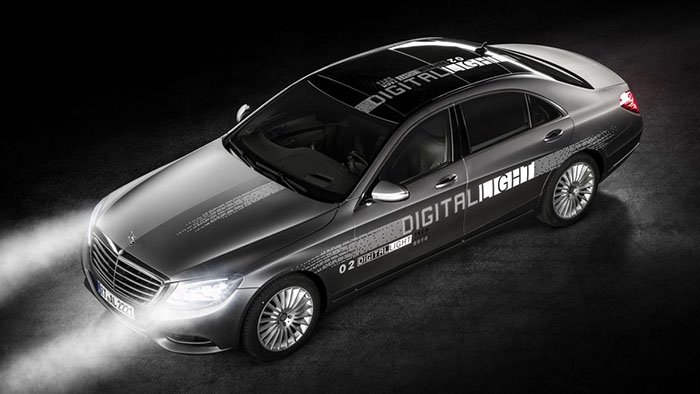
During the day, LEDs can be turned on as daytime running lights. There is already an announcement of the new Matrix LED technology-intelligent lighting control, without dazzling oncoming drivers, even with high beams. Well, if we also take into account the lighting of pedestrians and other objects, we get a big security gain. In general, technology, so far, is one of the most progressive.
Lasers: too powerful and expensive too
In theory, lasers are even more effective than matrix LEDs, but what we get in practice can only be learned in the distant future. These structures have a high density of lighting and at the same time they are economical. But they have a more complex structure, they require very fine tuning.
So far, a definite advantage-a long range of lighting. What is proof of the fact that the lasers use on Audi sport prototypes during the 24 Hours of LeMan.
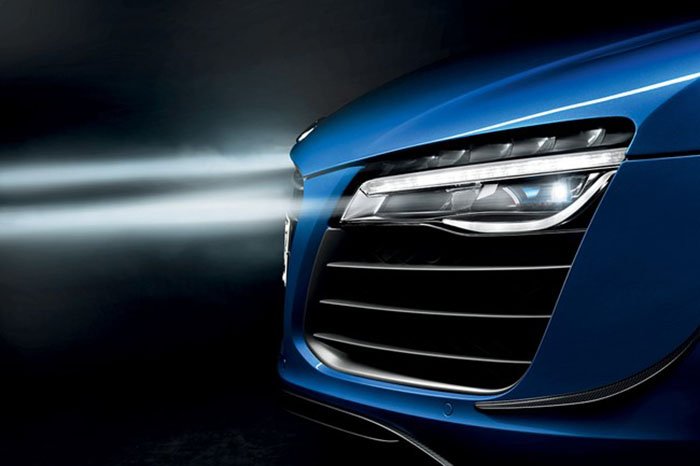
Light Intelligence
For successful use of head light, it is important not only to choose a light source, but also to set up a control system. You can get good light not only with expensive lasers or xenon.
The first attempts to start controlling the light were still in the pre-war Tatra 77, but then the novelty did not become popular. Already in a more improved form, it began to take root in the modern world. And one of the first to introduce the AFL system was Opel, to which BMW and Mercedes immediately connected.
Now, thanks to the implementation of this technology, you can significantly improve the safety and comfort of movement at night, much to reduce driver fatigue during long journeys. Of course, the quality of lighting is not the same as during the day, but much better than without adaptive light.
What's next?
As we see in practice, gas-discharge lamps and incandescent lamps are already the last century. Just a little more and they will leave the market. Or they will remain quite a bit.
As simple headlights, even on cheap cars, LEDs will be used. Already, Lada Priora is equipped with LED running lights. But what more affordable technology instead of "xenon" will take its niche-remains to be seen. Maybe the laser will attract the attention of car enthusiasts who want to get even better, even if it is more expensive.
















